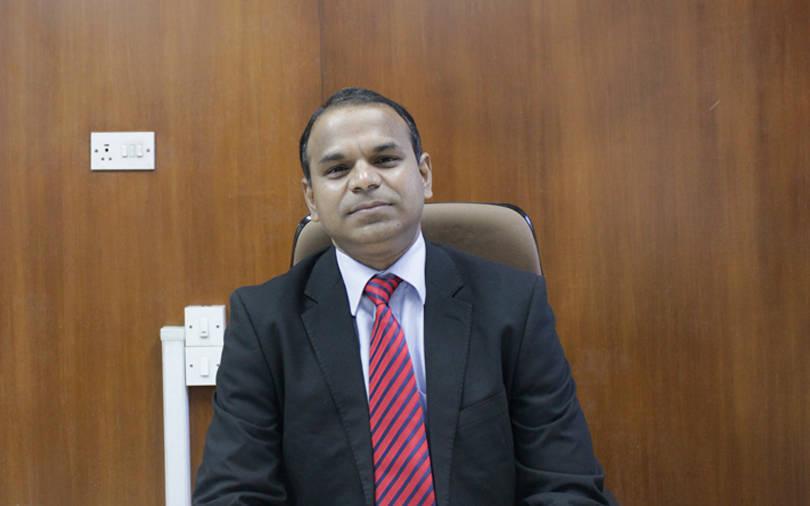Just gonna stand there and hear me cry
Well that's alright, because I love the way you lie, I love the way you lie. –Lyrics of a song by Eminem
As things stand today, there is a dearth of domestic limited partners (LPs) or capital contributors to the private equity and venture capital space in India. In the absence of performance benchmarking in the alternative investment fund (AIF) industry, some LPs who made subpar returns were preferring to find solace in the above Eminem song.
In order to bring greater transparency in the AIF space, the Securities and Exchange Board of India SEBI has introduced AIF performance benchmarking from March 1, 2020. This much needed regulatory intervention will, in the long run, pave the way for the development of a robust LP ecosystem in India.
As per the latest CRISIL AIF Benchmark Report, which discloses data up to September 30, 2019, the contributors who invested $1 in six Category-1 AIFs of 2013-14 vintage, had got back around 11 cents only as on September 30, 2019, while the unrealised value stood at $1.26. Well, the unrealised future is always bright!
The pooled internal rate of return (IRR) in dollar terms of such funds was only 8% per annum. Please note that 8% is not the realised IRR but a combination of realised and unrealised IRRs.
Instead of pooled IRR for the 2013-14 vintage, there should be further sub-categorisation, based on average IRRs. Say the funds which generated a negative 15% to 0% should be in one sub-category, 0% to 10% in another, and so on. CRISIL should also look to introduce bands for gross and net IRRs (net of fees, expenses, carried interest etc.).
It would have been great if CRISIL could also collate and disclose the total percentage of investments (in both value and volume terms) not exited for the six funds. Based on the unrealised values put out, it is not hard to discern that a large number of investments of these funds had not been exited.
Amid the ongoing macroeconomic slowdown, one can easily conclude that the performance of AIFs may have deteriorated further. So, there is a case for conservatism in deriving valuations of unexited startups which feed the pooled IRR calculations.
For instance, for the 2015-16 Category-1 AIFs, the pooled IRR jumps to 24.71% but the returned amount is 15 cents only while the unrealised amount is $1.45. In other words, the high IRR is largely on account of unrealised gains which are determined by the valuer.
One of the AIF fund managers recently claimed that they are seeing IRRs of 90-100% in the last two years in the agri-tech sector. Such category-defying claims would become a thing of the past if CRISIL, along with the Indian Venture Capital Association, were to work its way towards a more granular framework for sector-based performance benchmarking of AIFs.
What’s going on?
The ground reality is that a lot of startups have raised funds at high valuations in the past and are not able to raise the next round at higher valuations because there is a clear case for correction in valuations given the ongoing slowdown.
The larger startups across sectors are better placed in terms of next round raises but the vast majority of smaller startups are in dire straits. The problem is compounded by the fact that the startups are loath to reduce their valuations from last round levels as they would have to issue additional shares to VCs.
Only a handful of savvy founders are willing to reduce valuations in order to raise capital. So, we are seeing a lot of startups entering a phase of low activity. In such a scenario, would the last round startup valuations of 2019 still hold in 2020 even if there is no additional fund raised by the startups?
Are the VC portfolio valuations for real?
Presently, a lot of the VCs—especially the smaller VCs—have not been able to show exits in their portfolio but claim high IRRs. Do valuation reports of highly marked up unexited investments in a VC portfolio form the basis for such claims? How do the valuers value the portfolios when exits have not happened? Are the valuers being aggressive? Are the valuers following laid down global/domestic performance measurement standards?
I am sure these questions are weighing on the minds of LPs in the public sector (LIC, SBI and others), private sector, family offices, impact LPs, fund of funds (SIDBI Fund of Funds) etc. At present, CRISIL relies on the valuation reports submitted by the AIFs for performance benchmarking.
My sense is that very few full valuation markdowns are happening and these are not in the public domain. The multiple ways of valuation of unexited startups do not give LPs the true picture and obfuscate performance.
This queers the pitch for fundraising by new funds, too, as LPs are not able to derive much comfort from past performance of existing funds.
In future, SEBI may look to specify standardised valuation guidelines, performance reporting and presentation standards for unexited investments in AIF portfolios.
The gross and net IRRs since inception along with Distributions to Paid-in Capital Ratio (DPI), Residual Value to Paid-in Capital (RVPI) and Total Value to Paid-in Capital (TVPI) of a specific AIF benchmarked against the sector-specific and general AIF performance benchmarks sub-divided on the basis of IRR categories would go a long way towards creating confidence among global and domestic LPs to commit more capital for AIFs.
In stressed times like these, it may pave the way for more government/public-sector LP support to the AIFs generating high returns while the underperforming AIFs will be under greater scrutiny by the LPs.
A transparent and high-trust AIF ecosystem is the need of the hour to attract global and domestic LPs from both private and public sectors.
Rajesh Ranjan is the CEO of NABVENTURES Ltd, a fund which invests in agri-tech, food, agri/rural fintech and rural ed-tech and health-tech. Views are personal.







